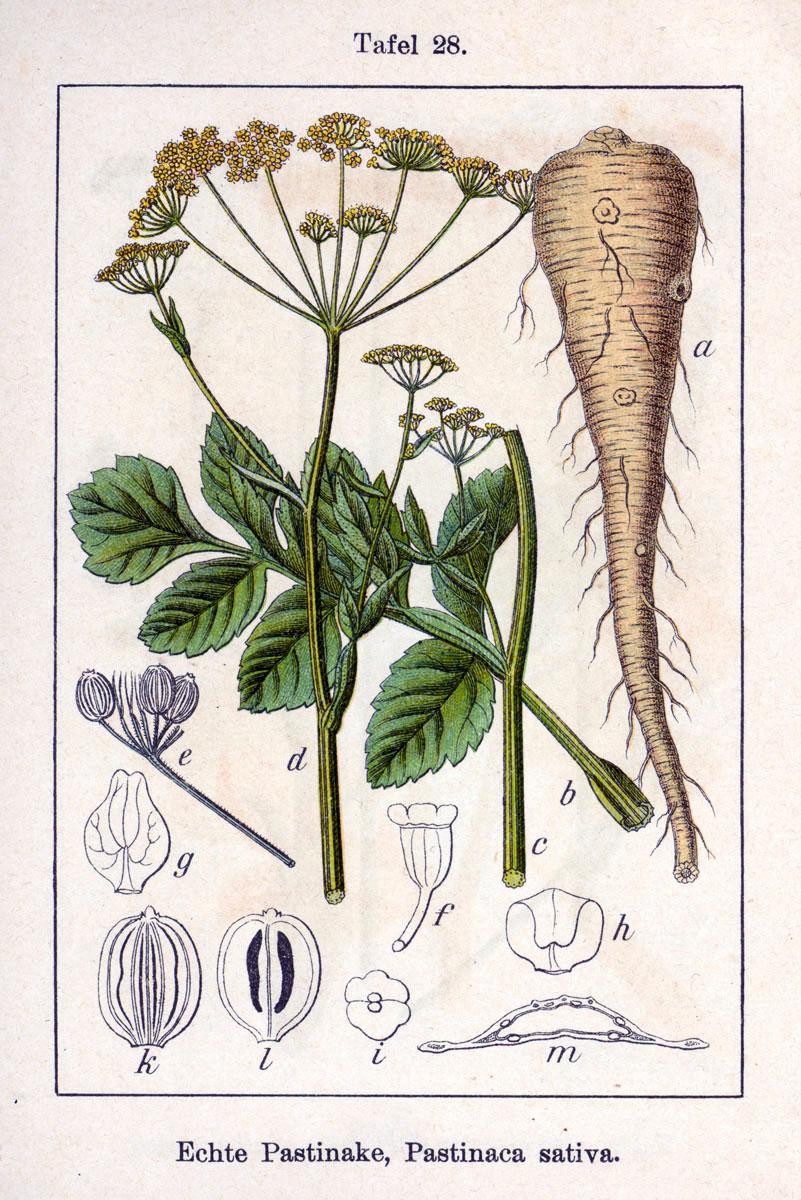
Parsnip (Pastinaca sativa)
Parsnip, also known as Wild parsnip, Panais sauvage
Parsnips, though similar to their cultivated counterparts, can cause skin irritation due to a compound in their sap. To prevent this, wear gloves and long sleeves when handling the plant. This will protect you from potential chemical burns and blisters, especially when exposed to sunlight. If your skin comes into contact with the sap, wash the area thoroughly with soap and water and stay out of the sun until you're sure the sap is fully removed.
Key Facts About Parsnip
Attributes of Parsnip
Lifespan
Biennial, Perennial, Annual
Plant Type
Herb
Plant Height
30 cm
Spread
20 cm
Leaf Color
Green Yellow
Flower Size
2.5 cm
Flower Color
Yellow
Scientific Classification of Parsnip
Phylum
Vascular plants
Class
Dicotyledons
Order
Apiales
Family
Umbellifers
Genus
Parsnips
Species
Parsnip
Toxicity
Ingestion, Skin contact